Long-forgotten Bronx burial site of enslaved people designated as a landmark
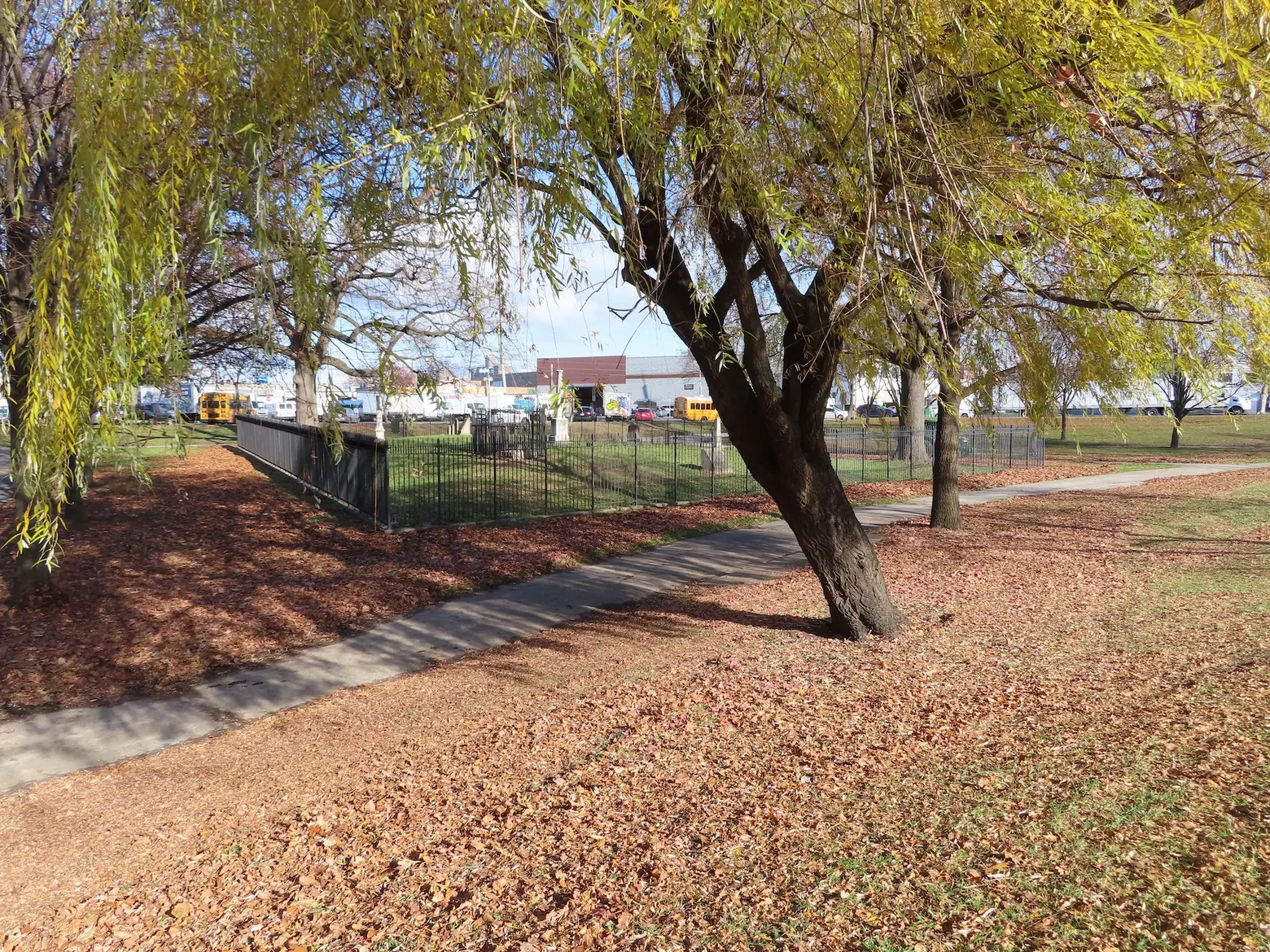
Photo courtesy of the Landmarks Preservation Commission
A Bronx park with unique New York City history is now a landmark. The Landmarks Preservation Commission (LPC) on Tuesday voted to designate Joseph Rodman Drake Park and Enslaved People’s Burial Ground, a colonial-era burial ground in Hunts Point that contains the long-forgotten site of a cemetery for enslaved people, as an individual landmark.

“Sites like Joseph Rodman Drake Park and Enslaved People’s Burial Ground are important reminders of a painful period in New York history during which enslaved African and Indigenous people helped build the city, only to have their stories and final resting places remain anonymous and erased from the landscape,” LPC Chair Sarah Carroll said in a statement.
“With today’s vote, the Commission continues its commitment to ensuring that designations tell the story of all New Yorkers, recognizes the significant history of this site, and honors the legacy of those buried here.”
Located in Hunts Point, Joseph Rodman Drake Park and Enslaved People’s African Burial Ground consists of two separate colonial-era cemeteries situated directly across from each other, one meant for the descendants of the area’s early white settlers and the other for the enslaved people who labored for them.
The cemetery of the settlers has been well maintained over the years and is surrounded by an iron fence; the burial site for those enslaved has long been forgotten and its headstones discarded, moved, or buried, according to the LPC.
The Hunt, Willet, and Leggett families, who all owned African and Indigenous slaves, controlled the Hunts Point area during the 1700s. Around 1720, the Hunt family established a family cemetery. The park’s name honors one of the figures who is buried there, the poet Joseph Rodman Drake who was a close friend of the Hunt Family.
Located just a few yards south of the Hunt-Willett-Leggett cemetery is the enslaved people’s burial site, which is said to have been established at some point in the early 18th century. During this period, New York City’s enslaved population was the largest in all of the northern United States and both the city and Westchester County, which Hunts Point was then a part of, contained several large plantations.
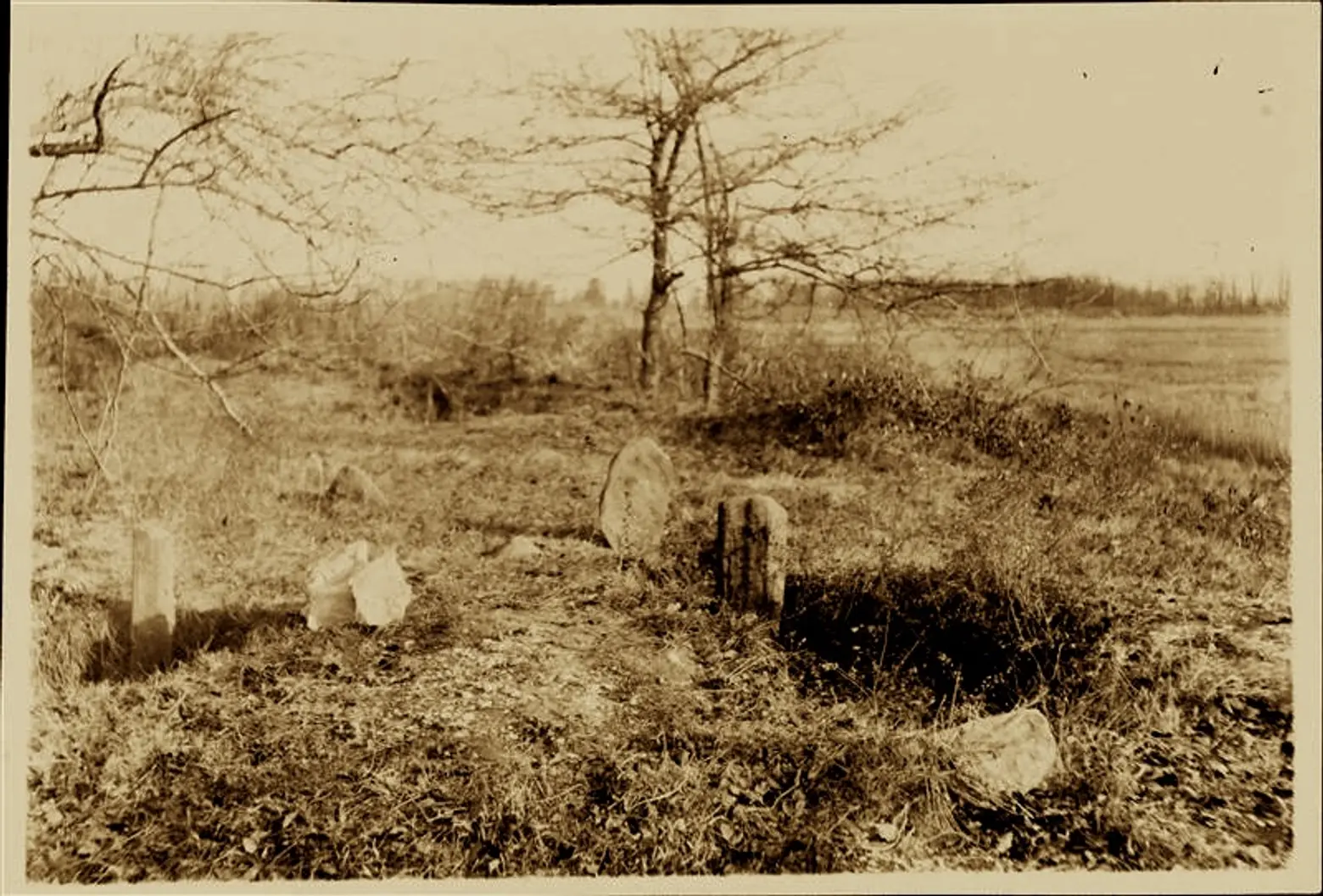
The cemetery’s existence was discovered roughly 10 years ago when Philip Pamaritis, a Department of Education official, found an image of the burial ground in the Museum of the City of New York’s database from 1910.
Following his discovery, Pamaritis researched the site and called for its recognition, eventually obtaining a state grant to fund an archaeological study of the burial ground that involved the help of local schoolchildren from P.S. 48. Following the study, feedback from the community, and additional research, the park was renamed in 2021.
“The history of the enslaved people buried in the Joseph Rodman Drake Park & Enslaved African Burial Ground still impacts our lives today, here in The Bronx, and beyond,” Justin Czarka, PS 48 educator and Hunts Point Slave Burial Ground Project co-founder.
“I am reassured by the decision of the LPC to honor the lives and story of this site. This is one step towards writing the forgotten back into our collective story. We will continue to advocate for improved protection, site interpretation, and a permanent memorial for those buried here.
The designation will protect grave markers and other remains visible above the ground, as well as allow for below-ground archaeological research at both sites.
“This designation is a clear illustration of the dignity and respect we must pay to all people who are part of our city’s history, including at this location in the heart of the Hunts Point Peninsula,” Deputy Mayor for Housing, Economic Development, and Workforce Maria Torres-Springer said.
“The LPC continues to fulfill its pledge to achieve representation that reflects the diversity of our city through equitable and careful consideration of worthy buildings and places throughout this great city through its establishment of historic districts and individual landmarks in places that have much less representation, for which I am so appreciative.”
In August, the LPC voted to calendar the burial sites along with the Old Croton Aqueduct, another historically significant site in the Bronx site.
RELATED:
Interested in similar content?
Leave a reply
Your email address will not be published.

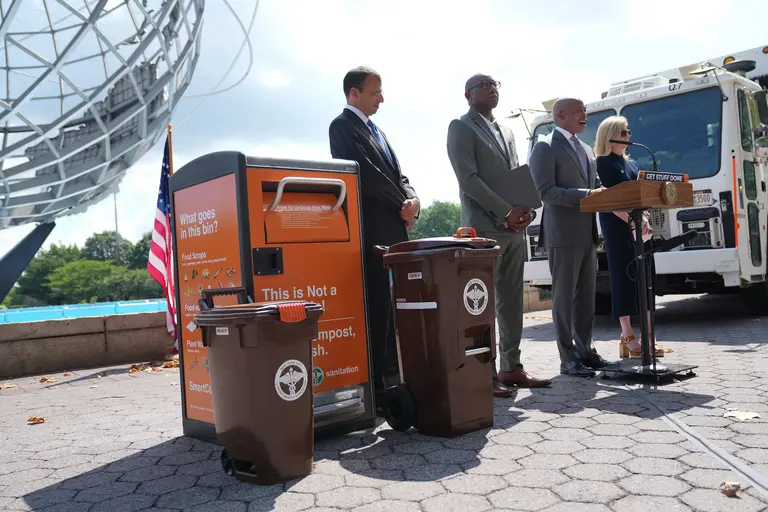


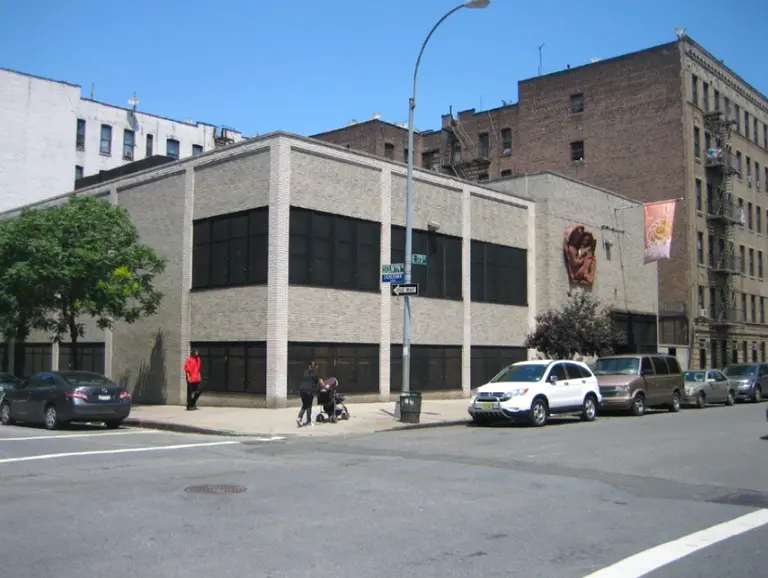
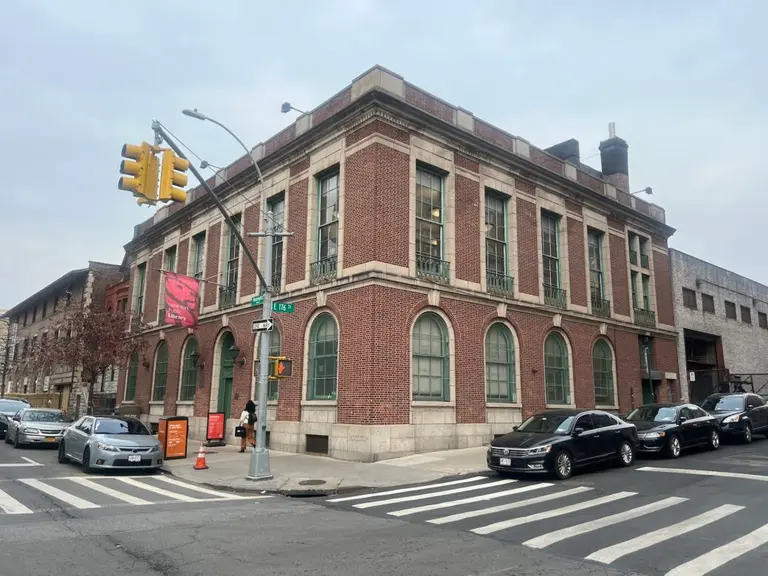





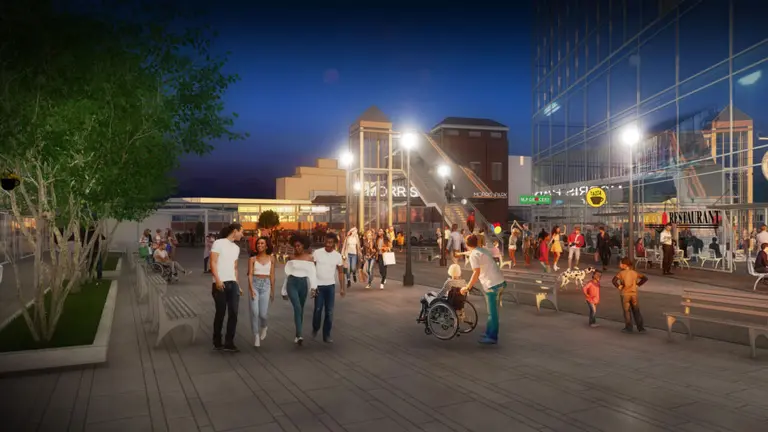
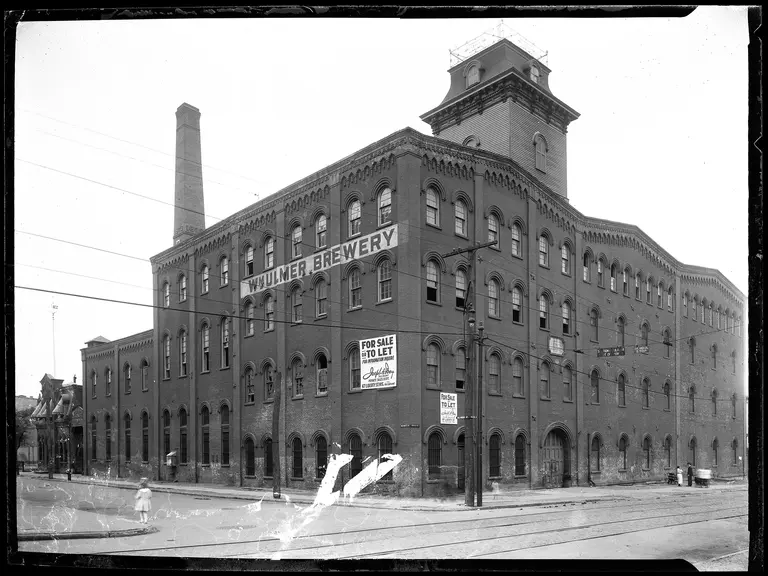
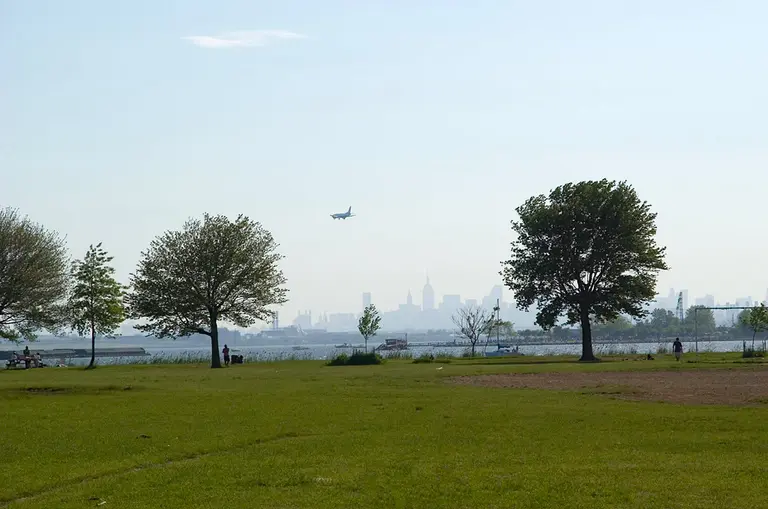
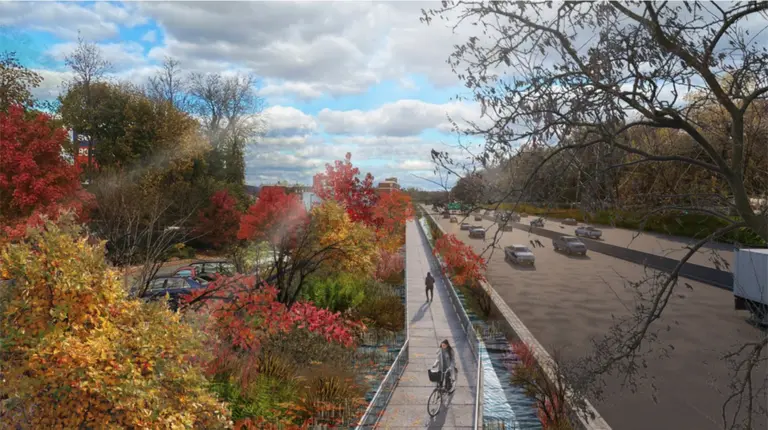
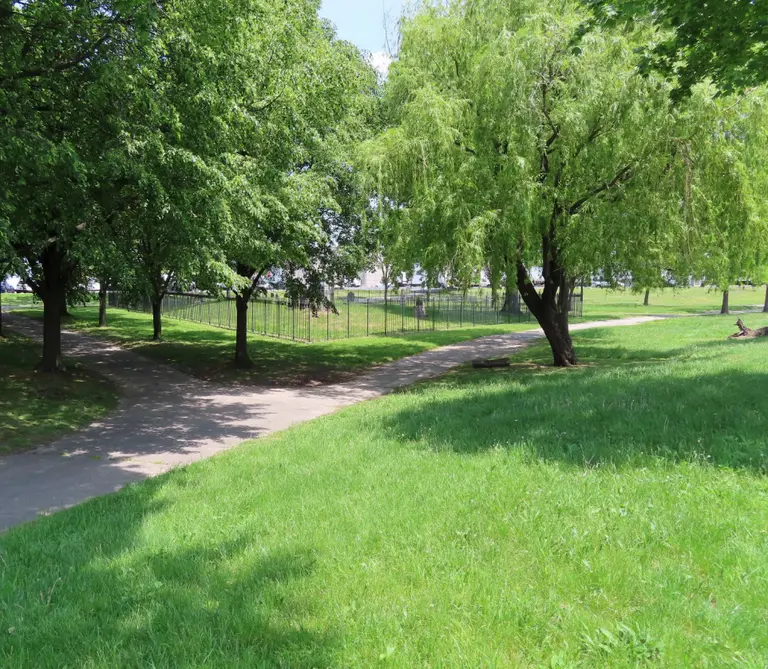
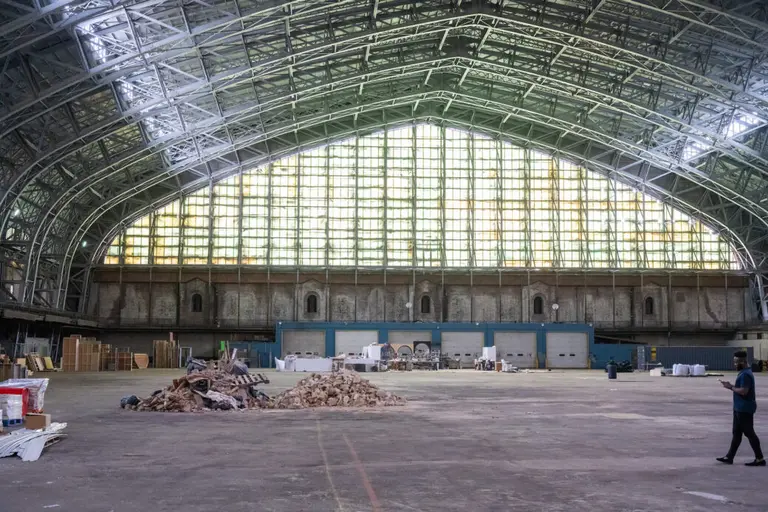












I a proud of the work you have done with the students and the community by making this a land mark.i will love to meet you to discuss and maybe help me with a world war statue that is sitting in hunt point and southern blvd please call me 347-724-4774 I could tell you more what I am doing
That’s were the slave master and his family is buried yet another swing and a miss for United States the enslaved people burial is out side of the fenced off section in in marked graves so who are we honoring